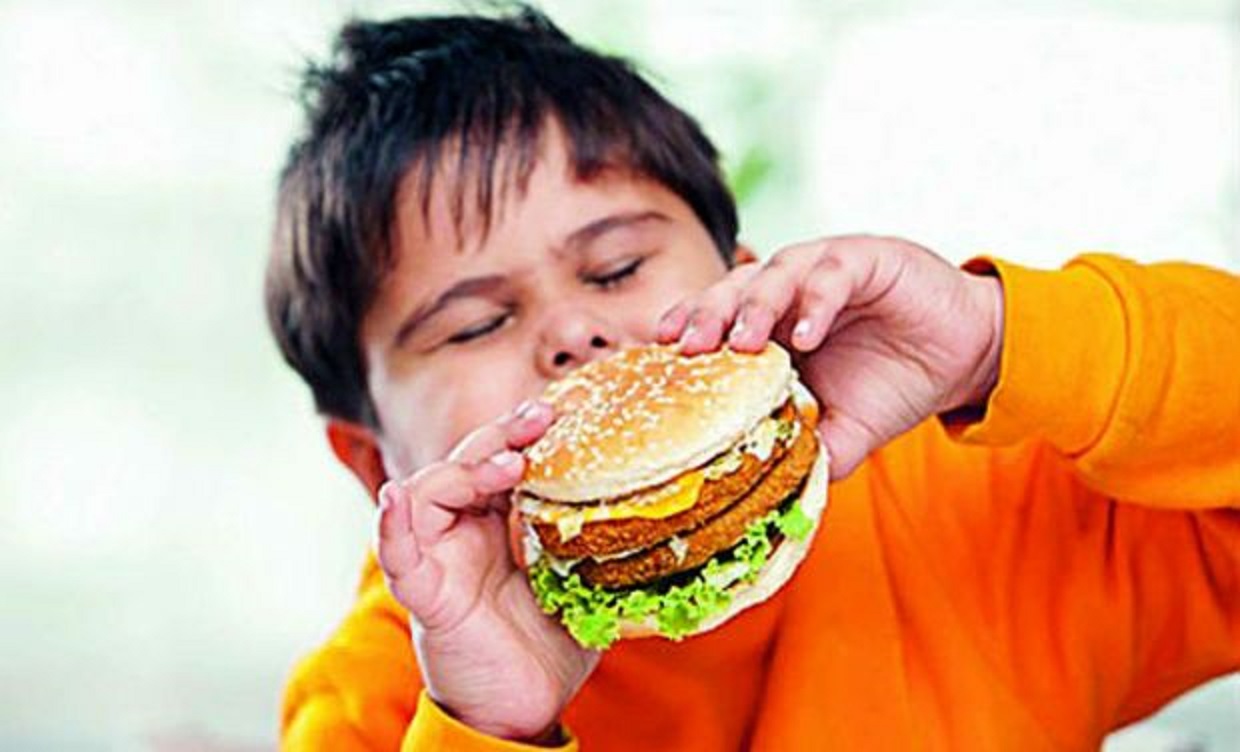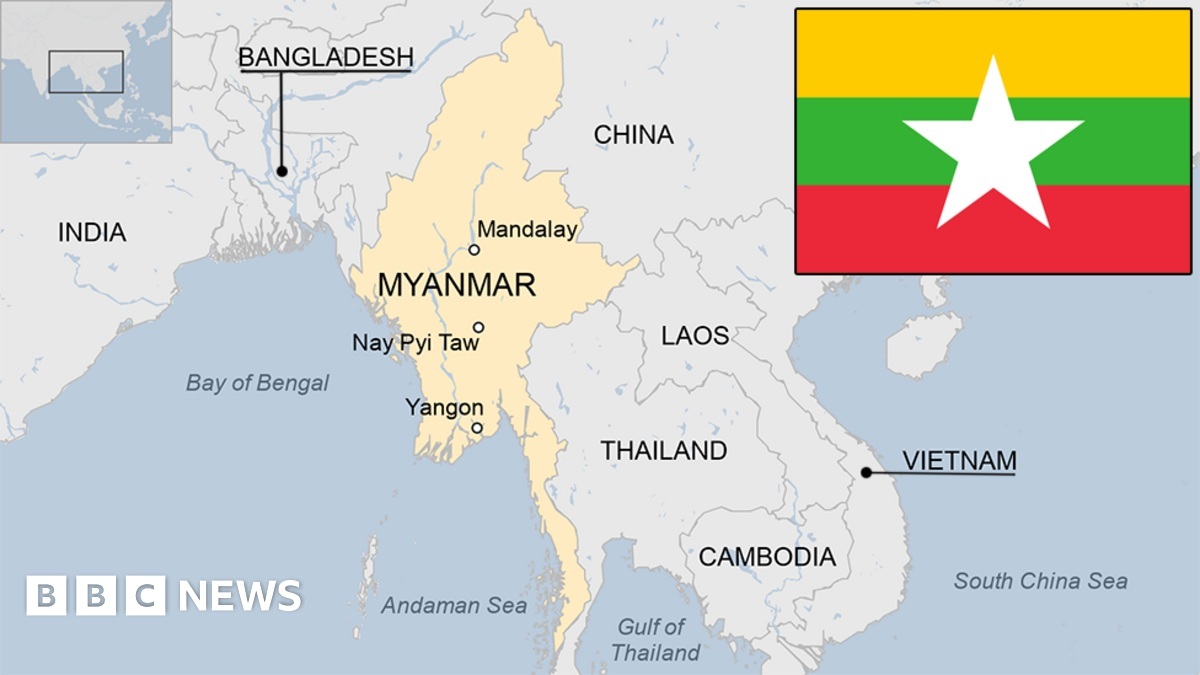Fatty liver in children sounds strange! Fatty liver and cirrhosis were earlier associated with daily, heavy consumption of alcohol. Remember the immortal Devdas who died young due to liver cirrhosis?
What Exactly Fatty Liver Means?
Prosperity, processed cheese, pasta, pizza, carbonated soda drinks (Pepsi, coke), white bread and chips added with long hours of sitting in front of screens made Jack or Jaggu a dull boy. A flabby child too! Both sexes are affected by the silent epidemic of obesity raging our school children. Earlier, it was more in cities but now it has permeated the villages too.

A child’s (or adult’s) high-calorie diet settles in the body as fat; first in the abdomen, and then in the rest of the body. In the liver, when excess fat is discovered, it is termed Non-Alcoholic Fatty Liver Disease or NAFLD. If inflammation is also seen in NAFLD, then it is called Non-Alcoholic Steato Hepatitis (NASH) and NAFLD are conditions that CAN return to normalcy if treated. If NASH is left untreated for a few years, scarring occurs in the liver and this is termed Cirrhosis. Cirrhosis is a serious disease and reversal to normal health is rare. Long-standing cases of cirrhosis in a few people can also lead to cancer of the liver.
How Big is the Issue?
Obesity is an emerging pandemic. Around 15% of the people are obese on our planet. More women are obese than men. The study of obesity has been done by many researchers including scientists of the Indian Council of Medical Research (ICMR). It ranges from 15% to 40%. Obesity is more in women and more in the southern states. It affects urban people more, especially those leading sedentary lifestyles.
14.5 million children are either obese or overweight. Average childhood obesity is around 12%. Children of urban private schools have around 40%, obese children. There has been a tenfold increase in childhood obesity in the last 40 years.
The prevalence of NAFLD in Obese people is 80% to 90%. Between 30% to 40% of those who suffer from Diabetes have NAFLD. In obese children, NAFLD is between 40% to 70%. In the general population of children which includes non-obese too, it is around 10%. The percentages around these are high and they do not lie.
Children as young as 2 years old can develop NAFLD and have NASH and other liver complications like cirrhosis by the time they are 8 years of age. But on average, most cases are diagnosed when they are between 11 to 13 years of age.
What is obesity and How Does it Differ from Overweight?
Overweight and Obesity, in simple terms, are excessive or abnormal fat depositions in the body that may impair health. Obesity is at the extreme end of the Overweight spectrum. Both can be measured by one single parameter called the Body Mass Index or BMI. BMI requires just two body measurements – Body weight and height. It does not require reference to standardised tables.
As per the WHO, BMI is the person’s weight in kg divided by the square of height in metres. Thus, BMI for my weight of 60 kg and height of 1.65 metres can be calculated as:
60 ÷ (1.65×1.65) = 22.04
As per WHO, a person with a BMI below 18.5 is taken as Underweight.
A BMI between 18.5-25 is considered Normal and between 25 and 30 is Overweight.
Obesity is considered when BMI is over 30. However, Indians and other South Asians may have numerous health issues at lower BMI. Hence, the cutoff for Obesity for South Asians is taken as 27 and not 30.

What causes NAFLD?
The causes of childhood obesity and NAFLD are still being studied. There may be genetic factors involved which are being studied. Some other conditions which can lead to NAFLD are :
- Overweight or obesity
- Insulin resistance or Frank Diabetes
- Hypertension
- Abnormal levels if fats in blood on doing a Lipid profile
- Health issues in a child who has fatty liver
Usually, the child is either overweight or obese, however even apparently normal-weight children may have a fatty liver. Parents or grandparents may detect this condition if the child has the below-mentioned issues/ complaints:
- Pain in right upper part of belly.
- Frequently complains of tiredness or weakness.
- Has shortness of breath even with mild exercise.
- Headache, irritability and difficulty in concentration.
- Develops yellowness in the white of the eye.
Such children should be taken to a doctor for further management. If the doctor confirms fatty liver, an active approach needs to be taken.
It’s not just fatty liver, it’s about obesity and overweight too. For children, youth, middle-aged and the senior population. The burgeoning issue of South Asians. Original settlers or migrants to far off lands. UK, US, Canada, Australia or Europe. It is not about the rich or even the middle class. It is amongst the poor too – those who thrive on free ration or goodies of MNREGA (Mahatma Gandhi National Rural Employment Guarantee Act 2005). It is not just the people living in the cities, it’s about our villagers too.
We all have a tendency to gain weight. Excess weight brings diabetes, hypertension, cancer and NAFLD. Please do give Fatty Liver and its repercussions a serious thought. And act before it is too late.
Disclaimer: The views and opinions expressed by the author do not necessarily reflect the views of the Government of India and Defence Research and Studies
Title image courtesy: chowbey.com
Article Courtesy: https://genkris.wordpress.com/2022/03/20/flabby-children-fatty-liver/








